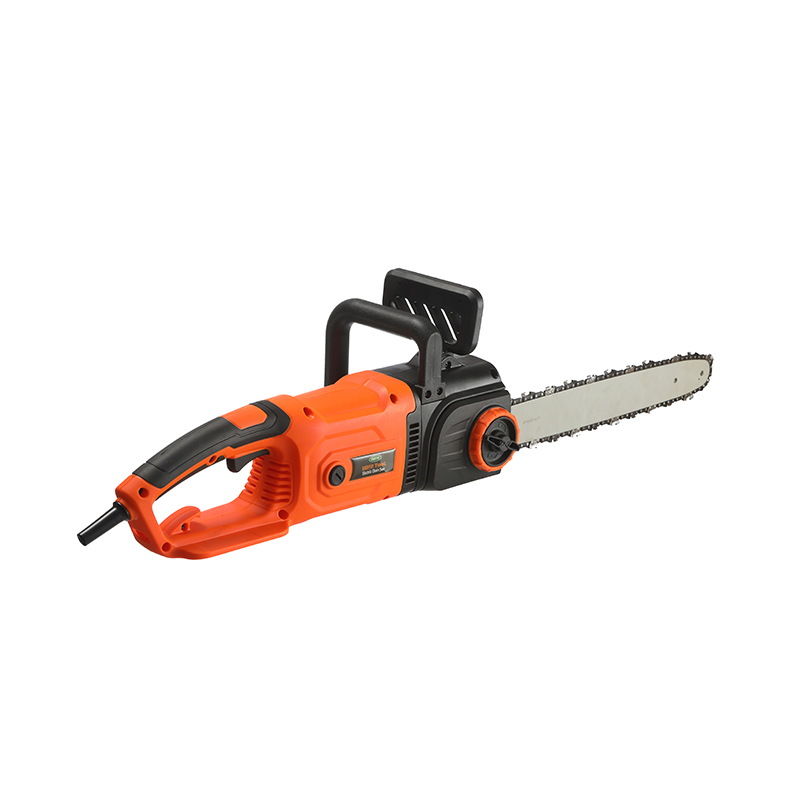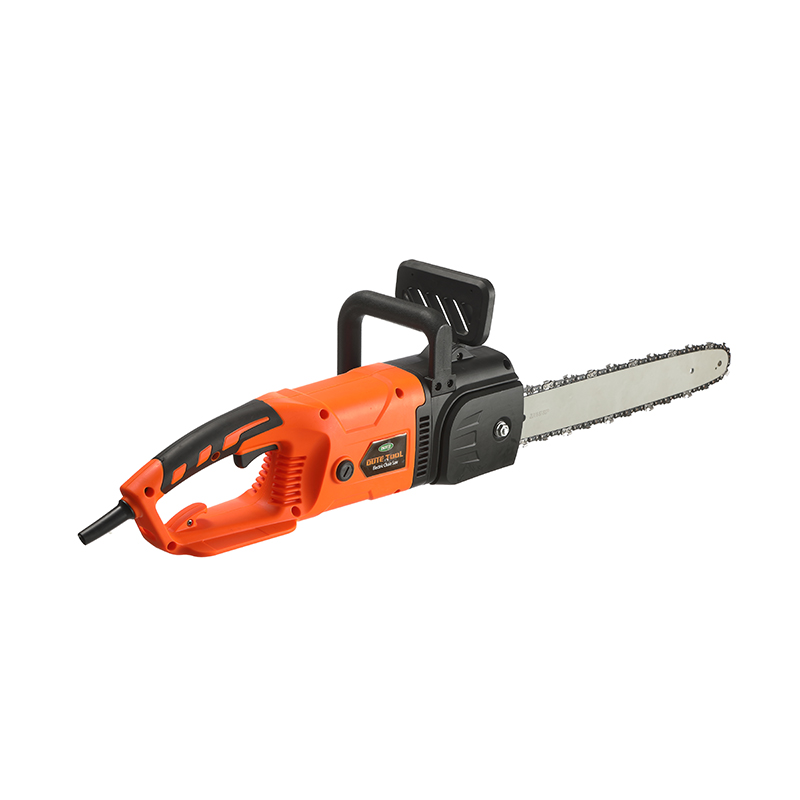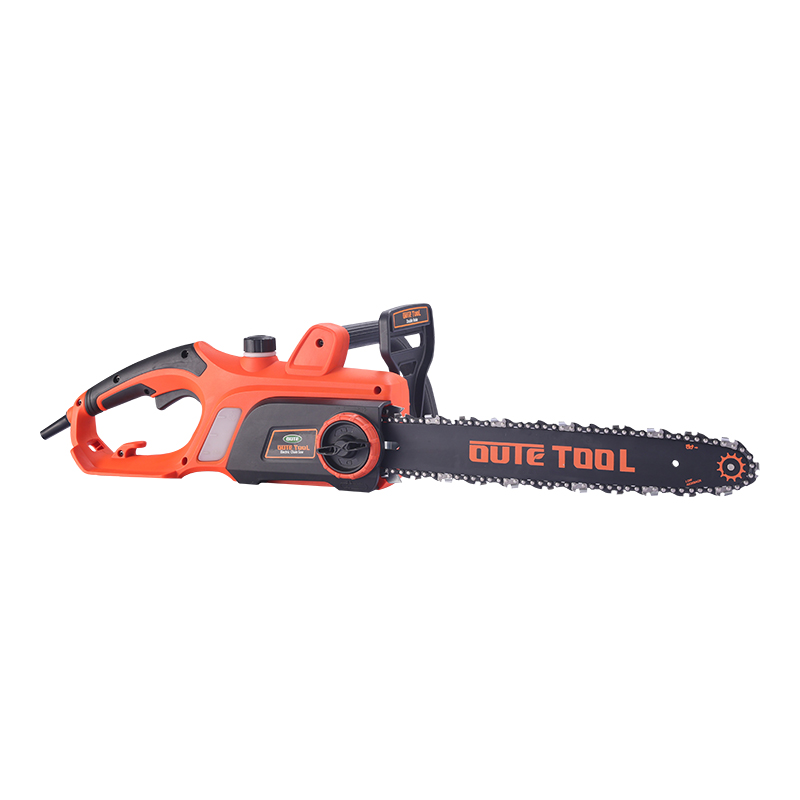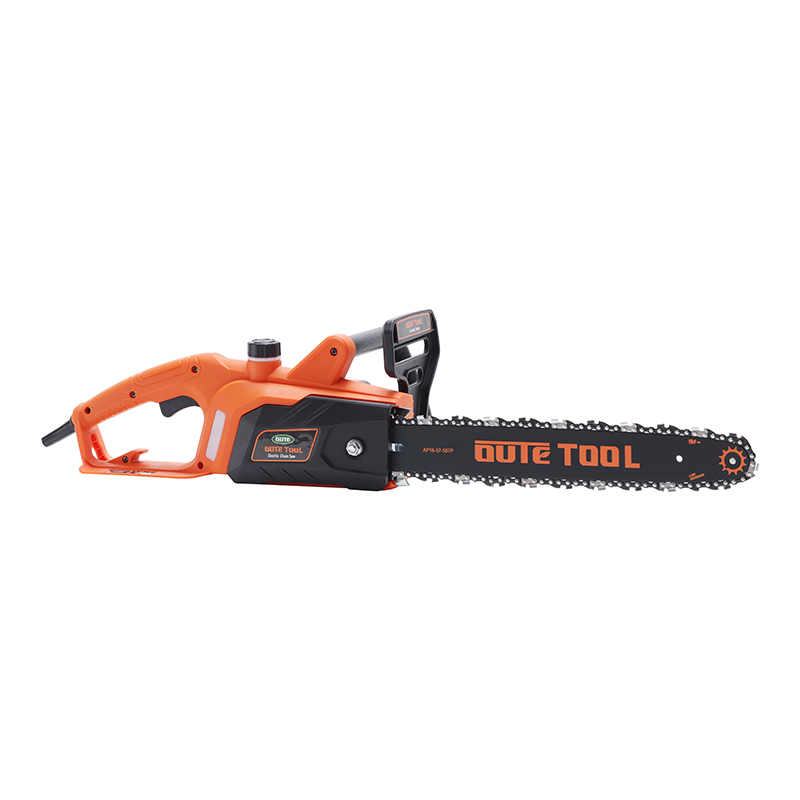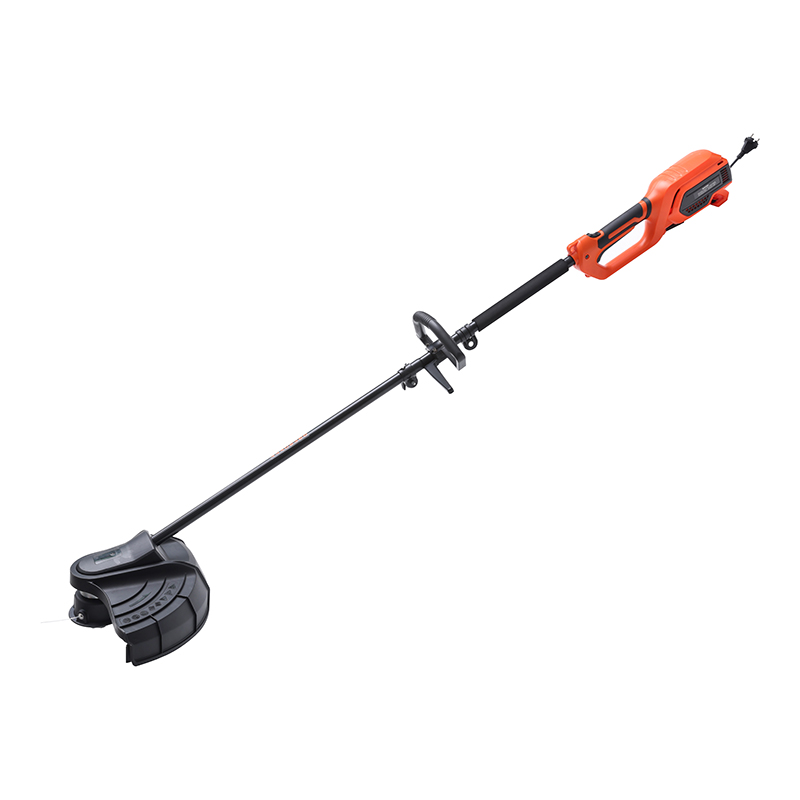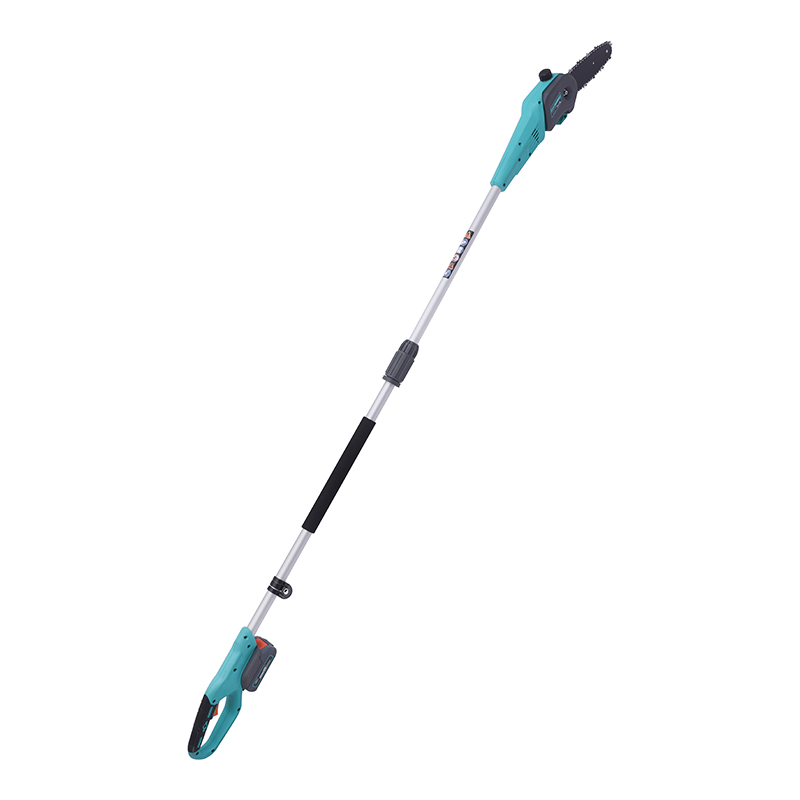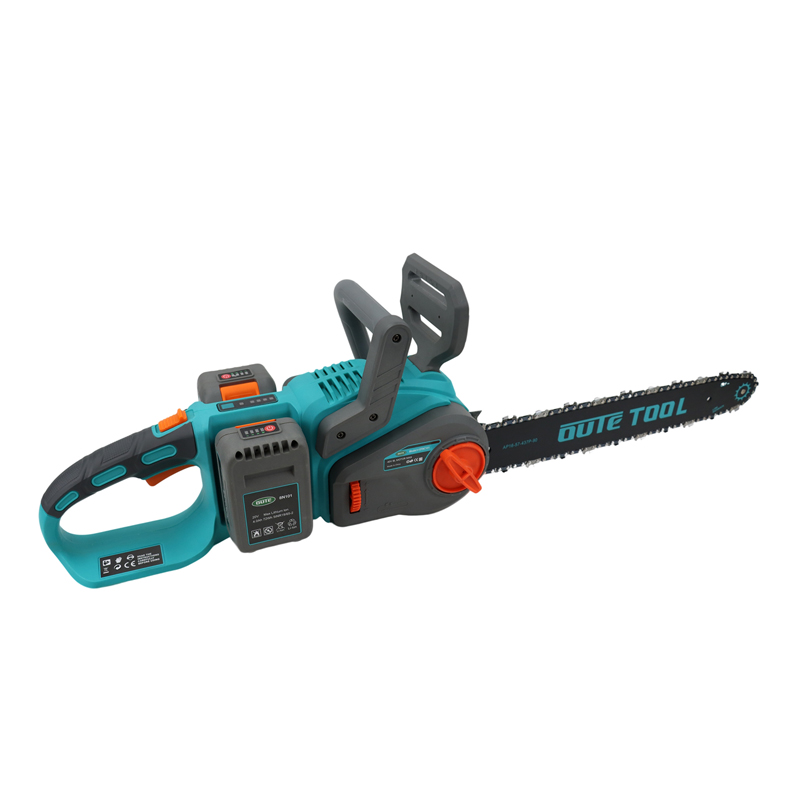How to choose the multifunctional brush cutter that suits your needs?
Whether you are an amateur or a professional who loves gardening and landscaping, getting the right tools to meet your needs is often a challenge. A brush cutter is a multi-functional tool for mowing lawns and trimming shrubs and weeds. Nowadays, as a buyer, the variety of options available today is overwhelming. To make matters worse, advertisers launched information attacks. It will only increase confusion. Let us know how to get a brush cutter that suits your needs.
Different types of brush cutters
The brush cutter has the following models:
a) Handheld brush cutter
b) Walk-behind brush cutter
c) Trailed brush cutter
When cutting a small piece of vegetative growth or pruning dense bushes, the brush cutter is a tool you can rely on.
Hand-held brush cutters: The functions of these brush cutters are similar to the wire cutters, but compared with the wire cutters, the power is relatively larger and the engine is more powerful. For dense grass and overgrown bushes, hand-held brush cutters are ideal. These brush cutters can also be used in 2-stroke and 4-stroke engines.
Handheld brush cutter
Push brush cutter: The lawnmower, also known as the push brush cutter, is the perfect choice for projects in areas with lush vegetation. If you want to take care of areas that do not require frequent maintenance, the push brush cutter is ideal for cutting and pruning.
Towed brush cutters: If you want to cut larger fields, towed brush cutters are suitable because they can be connected to a garden tractor or an all-terrain vehicle. They are easy to use and can effectively cut thick bushes and weeds.
Trailed brush cutter
Let's take a look at some brush cutter parts and accessories:
When cutting various types of vegetation, different types of brush-cutting blades should be used.
For grass and weeds, a brush cutter with 8 or fewer blade teeth is ideal.
For dense weeds and shrubs, a brush cutter with a blade tooth number of 9-40 is effective.
When cutting young trees and saplings, it is recommended to use brush-cutting blades with more than 40 teeth.
The brush knife or three-edged knife is designed to cut reeds and shrubs.
